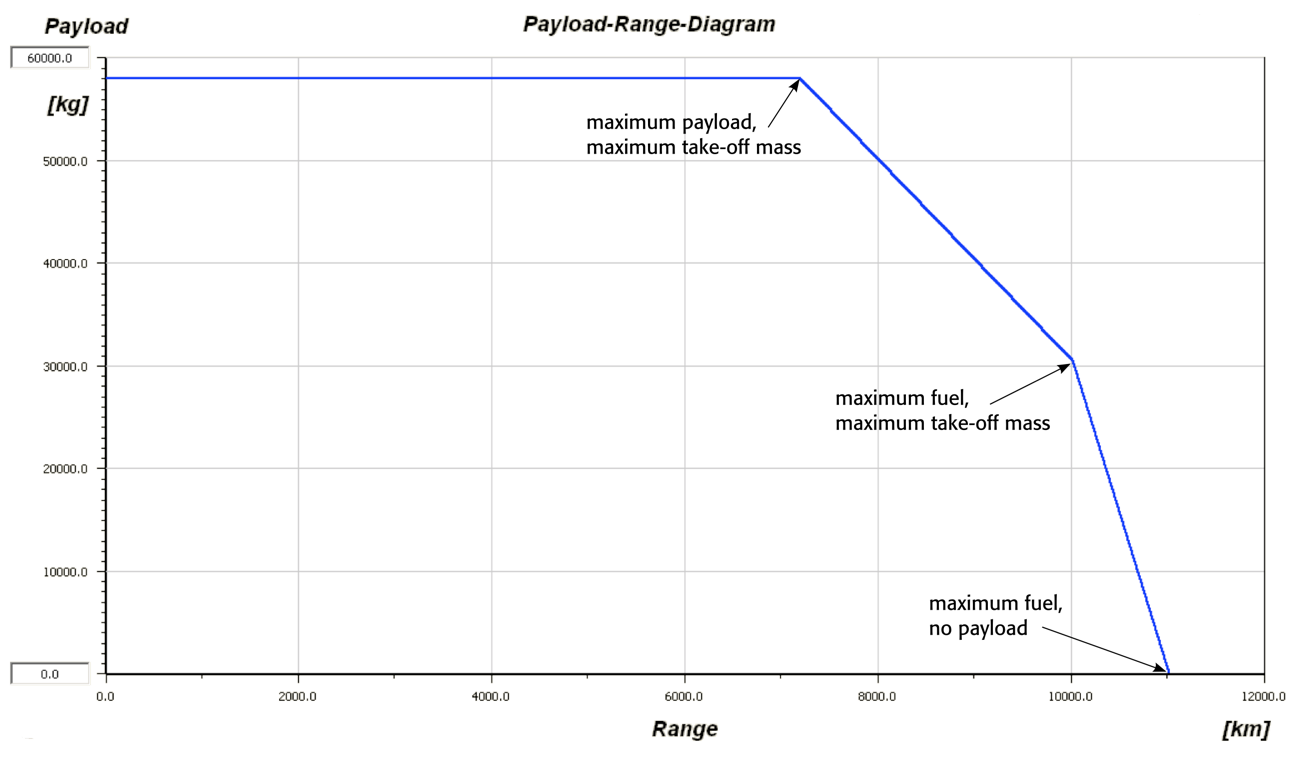I am very new to aviation and trying to understand how to calculate the actual range of an aircraft given real world wind conditions. I understand from this related question that you need 30 minutes of reserve and that tailwind and headwind direction will obviously impact your range. I've also heard that the altitude you fly at can impact your range because higher air is thinner and allows you to travel faster. I also would assume that the aircraft load would impact range. So my question is:
Given the theoretical range of an aircraft (i.e. from specs published at this site) how do you calculate how far the aircraft can actually travel at a given altitude, with a given load, and with current wind conditions?

